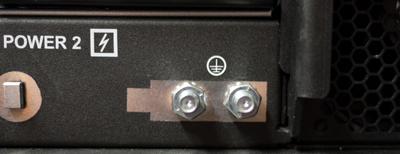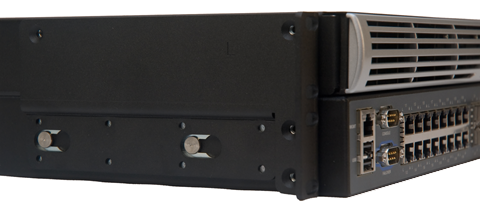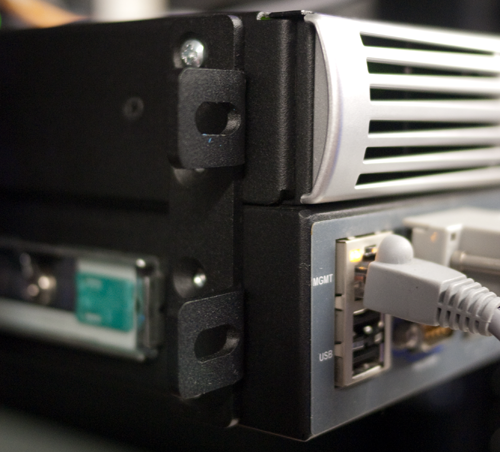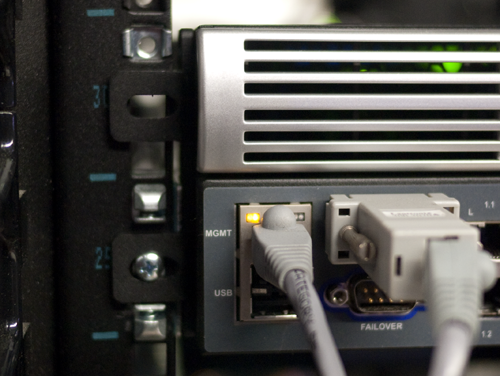Applies To:
Show Versions
BIG-IP AAM
- 12.1.4, 12.1.3, 12.1.2, 12.1.1, 12.1.0, 11.6.4, 11.6.3, 11.6.2, 11.6.1, 11.5.9, 11.5.8, 11.5.7, 11.5.6, 11.5.5, 11.5.4, 11.5.3, 11.5.2, 11.5.1
BIG-IP APM
- 15.0.0, 12.1.4, 12.1.3, 12.1.2, 12.1.1, 12.1.0, 11.6.4, 11.6.3, 11.6.2, 11.6.1, 11.5.9, 11.5.8, 11.5.7, 11.5.6, 11.5.5, 11.5.4, 11.5.3, 11.5.2, 11.5.1
BIG-IP GTM
- 11.6.4, 11.6.3, 11.6.2, 11.6.1, 11.5.9, 11.5.8, 11.5.7, 11.5.6, 11.5.5, 11.5.4, 11.5.3, 11.5.2, 11.5.1
BIG-IP Link Controller
- 15.0.0, 12.1.4, 12.1.3, 12.1.2, 12.1.1, 12.1.0, 11.6.4, 11.6.3, 11.6.2, 11.6.1, 11.5.9, 11.5.8, 11.5.7, 11.5.6, 11.5.5, 11.5.4, 11.5.3, 11.5.2, 11.5.1
BIG-IP Analytics
- 15.0.0
BIG-IP LTM
- 15.0.0, 12.1.4, 12.1.3, 12.1.2, 12.1.1, 12.1.0, 11.6.4, 11.6.3, 11.6.2, 11.6.1, 11.5.9, 11.5.8, 11.5.7, 11.5.6, 11.5.5, 11.5.4, 11.5.3, 11.5.2, 11.5.1
BIG-IP PEM
- 15.0.0
BIG-IP AFM
- 15.0.0
BIG-IP DNS
- 15.0.0, 12.1.4, 12.1.3, 12.1.2, 12.1.1, 12.1.0
BIG-IP ASM
- 15.0.0, 12.1.4, 12.1.3, 12.1.2, 12.1.1, 12.1.0, 11.6.4, 11.6.3, 11.6.2, 11.6.1, 11.5.9, 11.5.8, 11.5.7, 11.5.6, 11.5.5, 11.5.4, 11.5.3, 11.5.2, 11.5.1
About platform installation
After you have reviewed the hardware requirements and become familiar with the 8950 platform, you can install the unit.
Determining which rack mounting kit to use
The 8950 platform comes with two types of rack mounting kits: stationary front-mounting and sliding rail-mounting. An advantage of installing the sliding rail-mounting kit is that you can then slide the unit in and out of the rack as needed.
The tasks required to install the platform differ depending on the type of rack mount you decide to use or which type of cabinet unit you are installing into (single two-post cabinet or four-post cabinet).
About general recommendations for rack mounting
Although not required, a 1U space between units makes it easier for you to remove the unit from the rack if that the unit requires service. A 1U space between units also provides additional cable routing options.
Leaving at least 100 mm spacing from the front panel of the unit to the rack front or rack door provides enough room for you to route the cables without excessive bending or insulation damage.
A shelf or similar device is required to support the unit if only one person is installing the unit.
About the front-mounting kit
You can use the front-mounting kit if you are installing into a two-post rack.
Front-mounting kit hardware
The front-mounting kit includes these parts.
| Quantity | Hardware |
|---|---|
| 2 | front-mounting brackets |
| 8 | M4 x 10mm flat head screws |
Installing using a front-mounting kit
About the quick-install rail kit
Use the quick-install rail kit if you want to be able to slide the unit in or out of the rack for maintenance activities.
The kit includes the following hardware:
- two rails (left and right)
- eight #8-32 thumb screws
The rails snap into place in the rack, and no tools are required to install a platform using this kit. The rails are optimized for installation into square hole cabinets, but they can be installed in other cabinet styles, such as round hole cabinets, using the screws provided. The rails are easily converted to mount to either cabinet style.
 Quick-install rail kit
Quick-install rail kit
For information about installing the platform using the quick-install rail kit, see the instruction guide provided by the manufacturer, which is included with the kit hardware.
 An example of a platform installed using the quick-install rail kit
An example of a platform installed using the quick-install rail kit
After installing the platform, you should secure it to the rack using the included rail locks. You should also attach the front bezel to the unit by grasping the bezel on either side using the indentations provided.
Installing the rail lock brackets
The rail lock brackets help secure a rail kit-mounted platform to the rack.
About grounding the platform
You should ground the platform after you install it in a rack. The chassis ground lug is located on the back of the platform.
Do not secure multiple bonding or grounding connectors with the same bolt. The grounding connectors do not need to be removed to perform service or installation procedures. You can connect other bonding or grounding conductors to a grounding connector provided a reliable bond between the connector and the equipment is not disturbed during installation, service, or maintenance of the platform.
 Chassis ground lug
Chassis ground lug
Connecting the cables and other hardware
After you have installed the unit into the rack, connect the cables and other hardware.
You can now assign a management IP address to the system, and then license and provision the software.
Optionally, you should run the latest version of the qkview utility. This utility collects configuration and diagnostic information about your system into a single file that you can provide to F5 Technical Support to aid in troubleshooting. For more information, see http://support.f5.com/kb/en-us/solutions/public/1000/800/sol1858.html.
Configuring a management IP address
- Press the X button to activate Menu mode for the LCD.
- Use the arrow keys to select System, and then press the Check button.
- Press the Check button to select Management.
- Press the Check button to select Mgmt IP.
- Enter your management IP address using the up and down arrow keys, and then press the Check button.
- Use the arrow keys to select Mgmt Mask, and then press the Check button.
- Enter the netmask using the up and down arrow keys, and then press the Check button.
- Use the arrow keys to select Mgmt Gateway, and then press the Check button.
- Enter your default route using the up and down arrow keys, and then press the Check button. If you do not have a default route, enter 0.0.0.0.
- Use the arrow keys to select Commit, and then press the Check button.
- Press the Check button to select OK.









